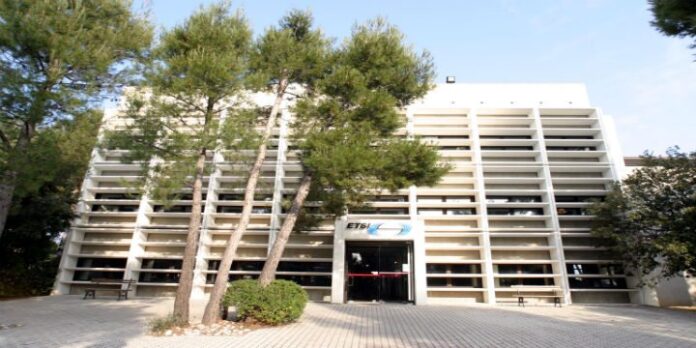ETSI premieres new augmented reality group
Rolling into the augmented reality (AR) space, the European Telecommunications Standards Institute (ETSI) launched a new Industry Specification Group called Augmented Reality Framework (ISG ARF) yesterday. The purpose of the group is to define a framework for the interoperability of AR applications and services, thereby thwarting market fragmentation and allowing players to provide part of an overall AR solution.
ETSI is an organization responsible for developing globally-applicable standards for information and communications technologies, including radio, broadcast and web devices. AR applications like Pokemon Go provide a digitally enhanced representation of the world with texts and images graphed on. According to the 2017 Augmented/Virtual Reality Report, the AR market is expected to be worth $83 billion by 2021.
Currently, there are a plethora of standards that can be used in the development and deployment of AR applications and services. Unfortunately, interoperability gaps exist in the AR value chain. More work needs to be done to determine the best practices for using existing international standards. That is why ISG ARF was developed.
The group held its first meeting on Nov. 30 and Dec. 1, electing Muriel Deschanel from b<>com as chair of the group and Ralf Schäfer from Fraunhofer HHI as vice chair. The group will begin with a systematic review of AR use case requirements and challenges, and develop a framework for the interoperability of AR applications and services.
“There are huge differences in AR applications but mapping digital information with the real world implies the use of a set of common components offering functionalities such as tracking, registration, pose estimation, localization, 3D reconstruction or data injection. The development of such a framework will allow components from different providers to interoperate through the defined interfaces,” said Deschanel. “This will in turn avoid the creation of vertical siloes and market fragmentation and enable players in the eco-system to offer parts of an overall AR solution.”
ETSI isn’t alone in developing standards for the AR industry. The organization announced last month that the Virtual Reality/Augmented Reality Association (VRARA) signed a letter of intent to collaborate on interactive VR and AR technologies delivered over budding 5G networks and hosted on Multi-access Edge Computing sites. Participation in ISG ARF is open to ETSI members and non-member organizations. The next ISG ARF meeting will be held Feb. 1 and 2 next year in Berlin.

